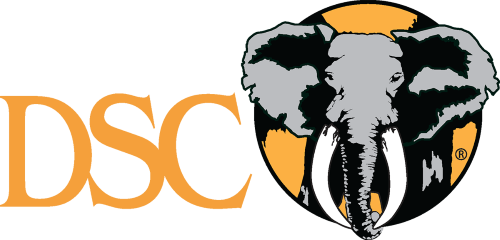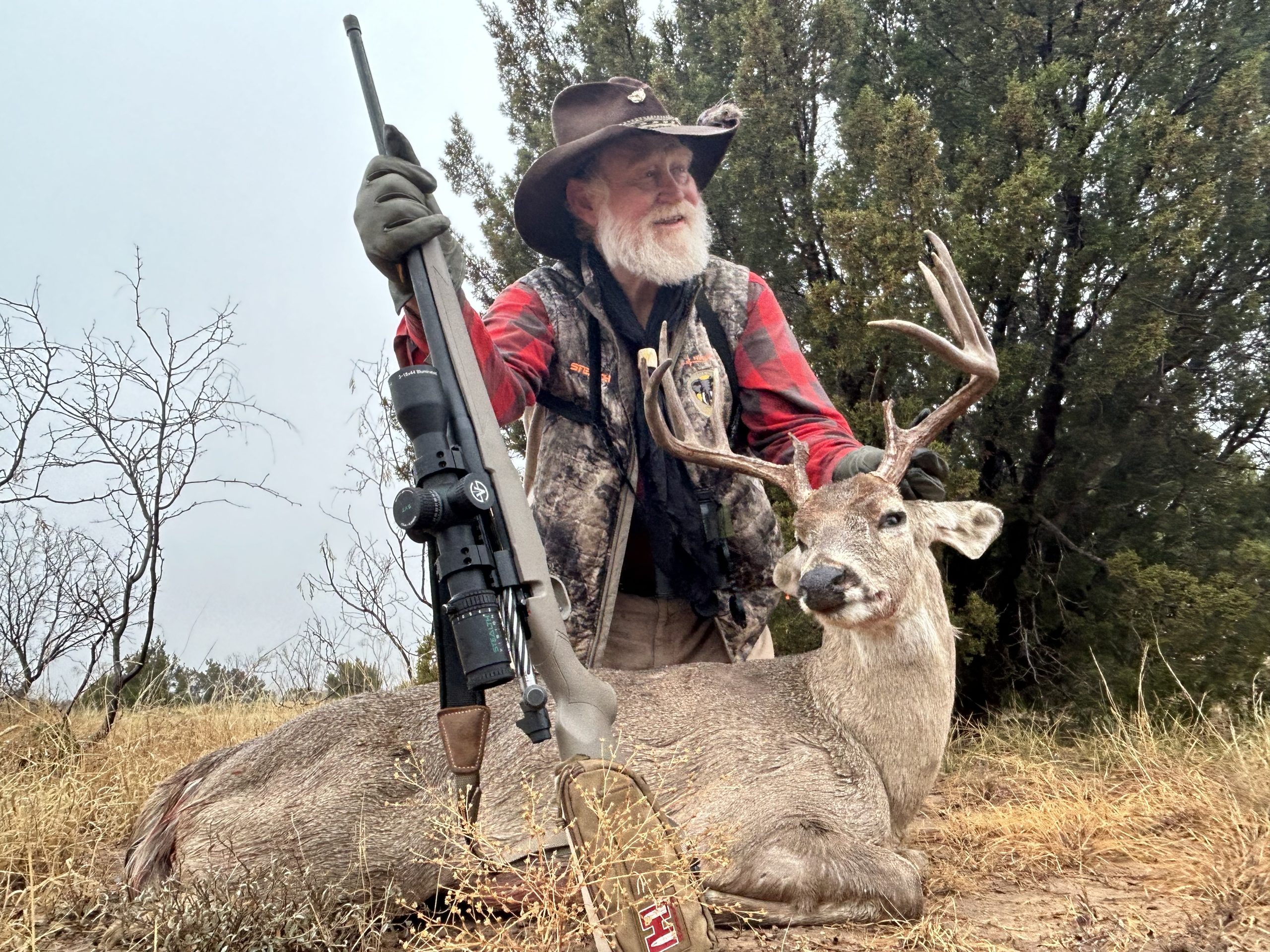By Sam Kieschnick, Urban Wildlife Biologist for Texas Parks and Wildlife
When we think of areas of high biodiversity (places with a lot of different kinds of plants and animals), we likely think of the rainforests in Brazil, the plains of Africa, or the coral reefs off the coast of Australia. I envision a giraffe stretching out its long tongue to get the high leaves of an acacia tree. I see herds of buffalo moving over the great plains of North America. I hear howler monkeys in the Amazon.
When I think of the city, I see and hear different things. The plains are replaced by parking lots, the sequoias are masked by the skyscrapers, and the only howling I hear are from aggressive drivers. However, under closer inspection and a bit of changed  perception, I can find and appreciate some amazing diversity in the urban ecosystem.
perception, I can find and appreciate some amazing diversity in the urban ecosystem.
As an urban wildlife biologist with Texas Parks and Wildlife, I work with both the public and the wildlife in urban areas specifically within the Dallas/Fort Worth metroplex. I guide people in the management of their private or public lands to benefit both wildlife and us. I work closely with city councils, park boards, and public policy makers in making good decisions that are sustainable for the ecosystem and for the constituents. I’ve also found that people really do enjoy the outdoors. There is a calming aspect of being outside and especially being in nature.
Where do we find nature in the city though? Many organisms that live in the city have learned to live with us. Some of the commonly seen urban critters in the Dallas/Fort Worth metroplex are coyotes, opossum, squirrels, sparrows, grackles, and the occasional bobcat. In some cases, we welcome these guests and are excited to see them. In other cases, we try our best to avoid each other!
Urban wildlife uses our housing, landscapes, and our leftovers to thrive in the city. We can also modify our actions to prevent any unfavorable run-ins. Simply disposing our trash properly, sealing any entry points to our house, and changing the plants we use for our yards can prevent any sort of nuisance.
If we do want to see biodiversity, we can also modify our lands for the good of wildlife. In public parks, when we leave a little bit of the area wild, nature returns. I tend to have the best time exploring the non-mow areas, looking for the little bugs and nondescript plants that are stepped on more than acknowledged.
I also utilize a tool that helps me understand and appreciate nature. This tool is called iNaturalist. It is a citizen science platform, community, and app where I can share images of plants, animals, and fungi with networks of citizen scientists all around the  world. I can also learn the name of the organisms with which I share the planet. Other biologists can use this data to create management plans to benefit the biodiversity. It’s a global tool as well, so I tend to take it with me as I’m exploring areas even outside of the Dallas/Fort Worth Metroplex. All information about this free service is at www.iNaturalist.org.
world. I can also learn the name of the organisms with which I share the planet. Other biologists can use this data to create management plans to benefit the biodiversity. It’s a global tool as well, so I tend to take it with me as I’m exploring areas even outside of the Dallas/Fort Worth Metroplex. All information about this free service is at www.iNaturalist.org.
Overall, I’ve been amazed at the amount of biodiversity that exists even here in the city. In this urban ecosystem, citizen scientists have documented thousands of different kinds of plants, animals, and fungi. I have found that when we look a little closer, we can see some amazing things wherever we go, even if it’s just home in the city.
What is citizen science?
The collection and analysis of data relating to the natural world by members of the general public, typically as part of a collaborative project with professional scientists.
How can you get involved?
Download iNaturalist on a phone or ipad and share some of the wildlife in your neighborhood. Through this app, over 5,390 species have been documented in the DFW metroplex.
Contact Details:
Sam Kieschnick
Urban Wildlife Biologist at TPWD
972-293-3841



